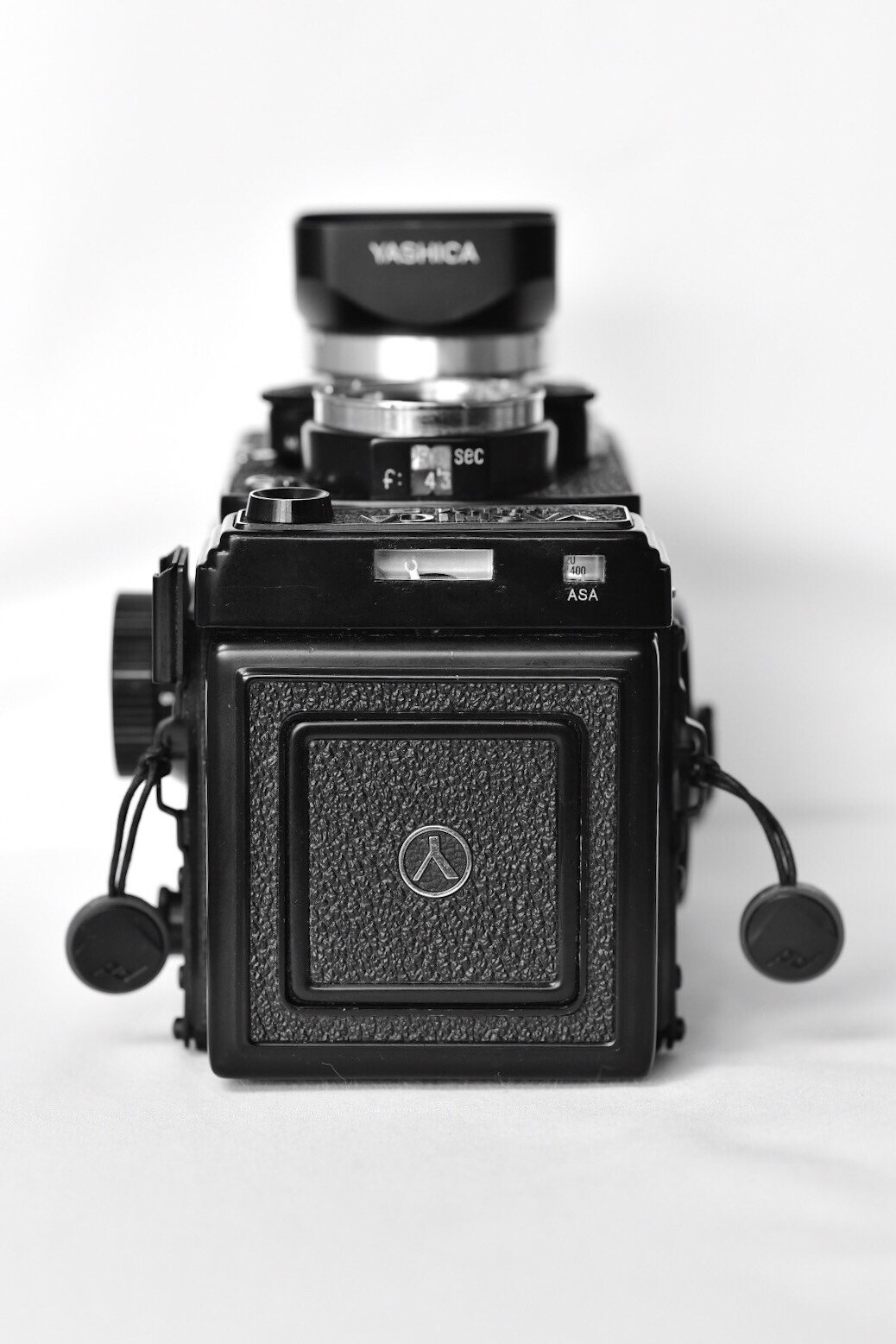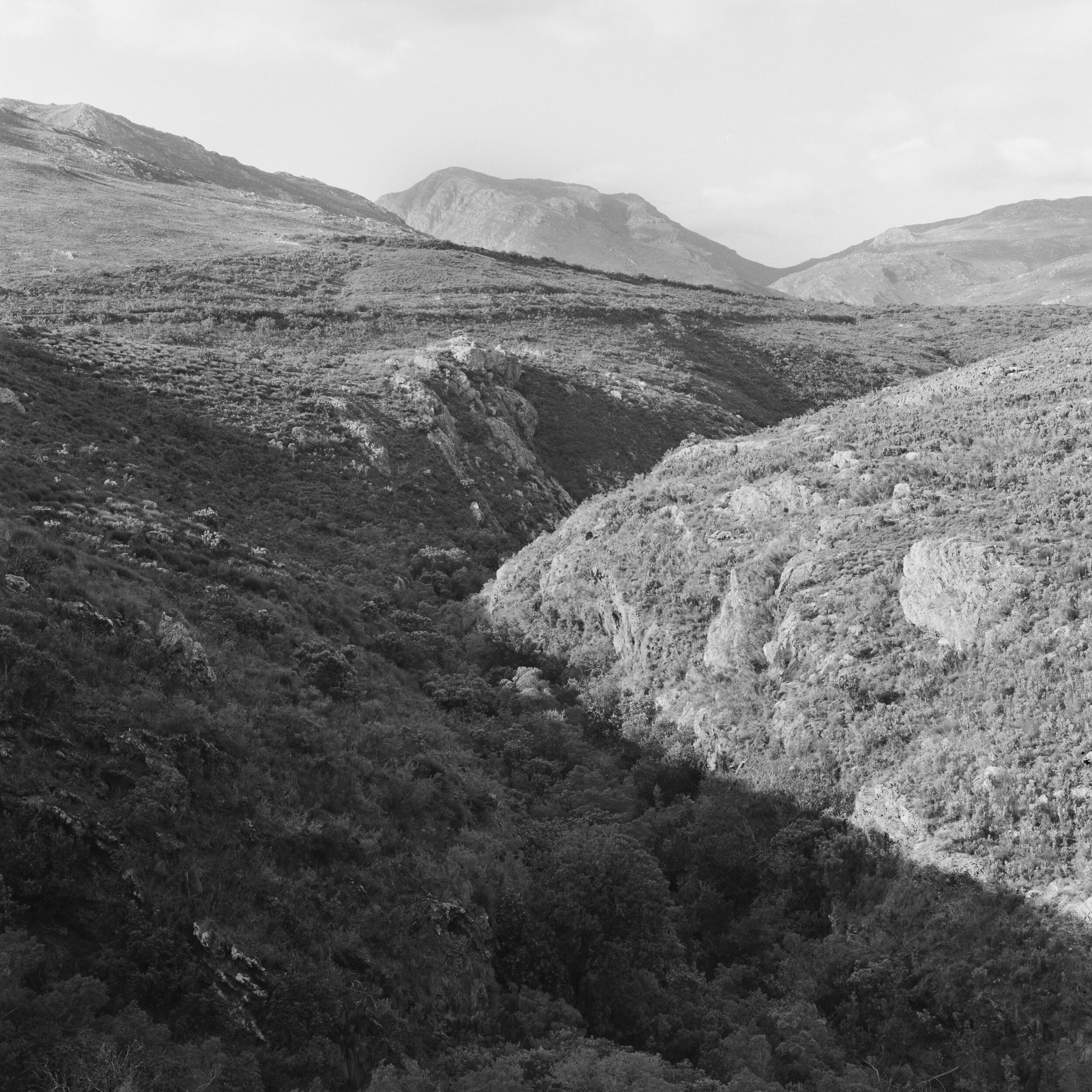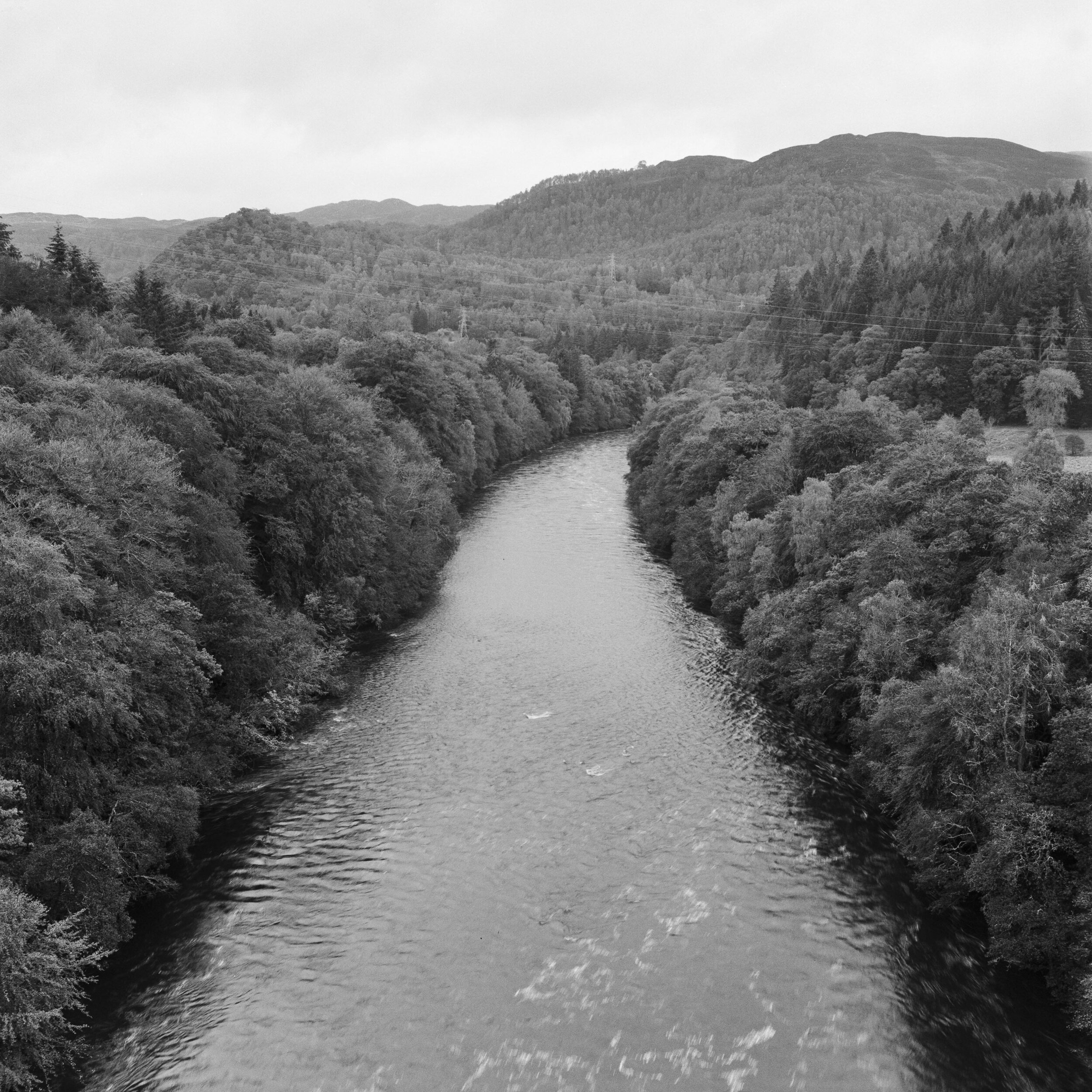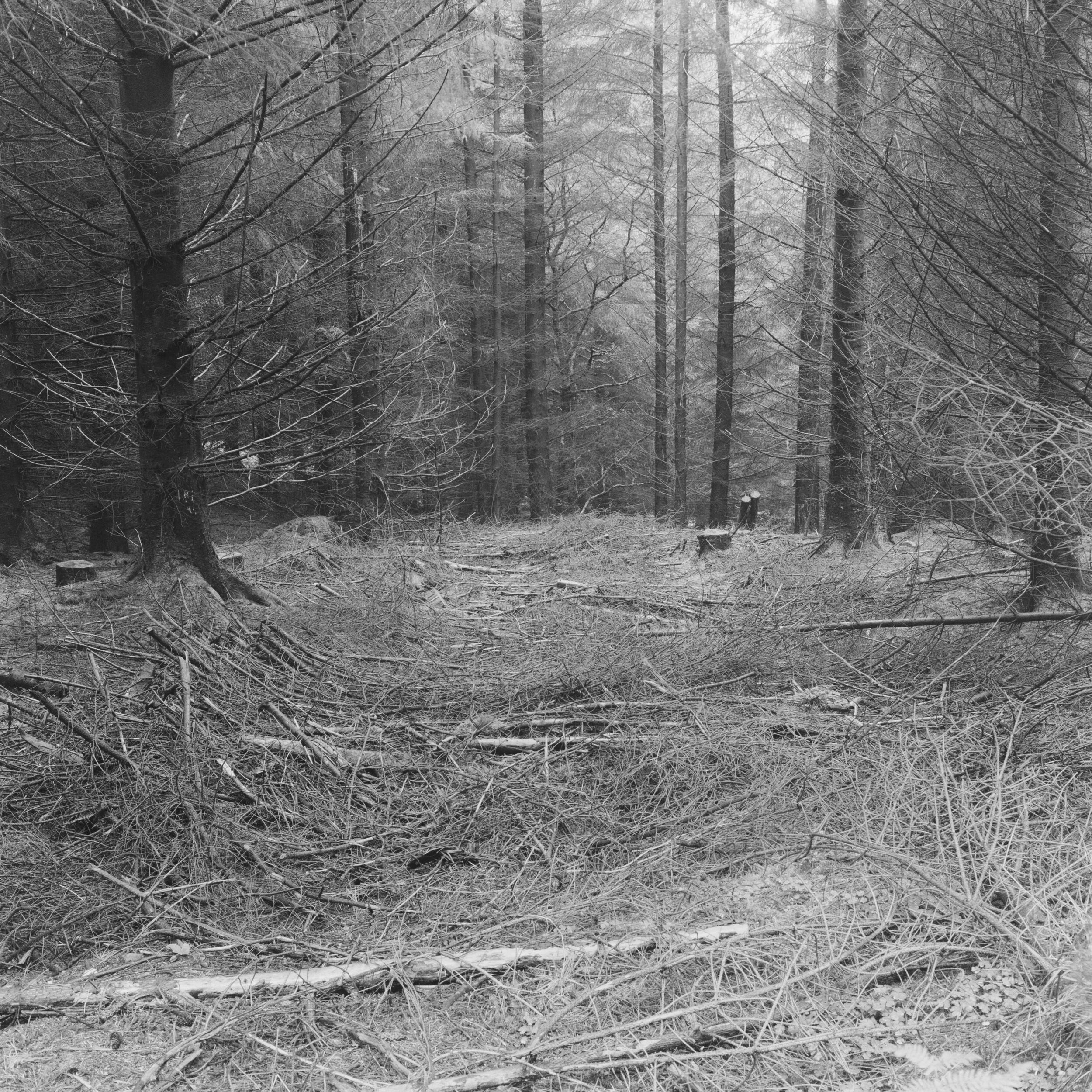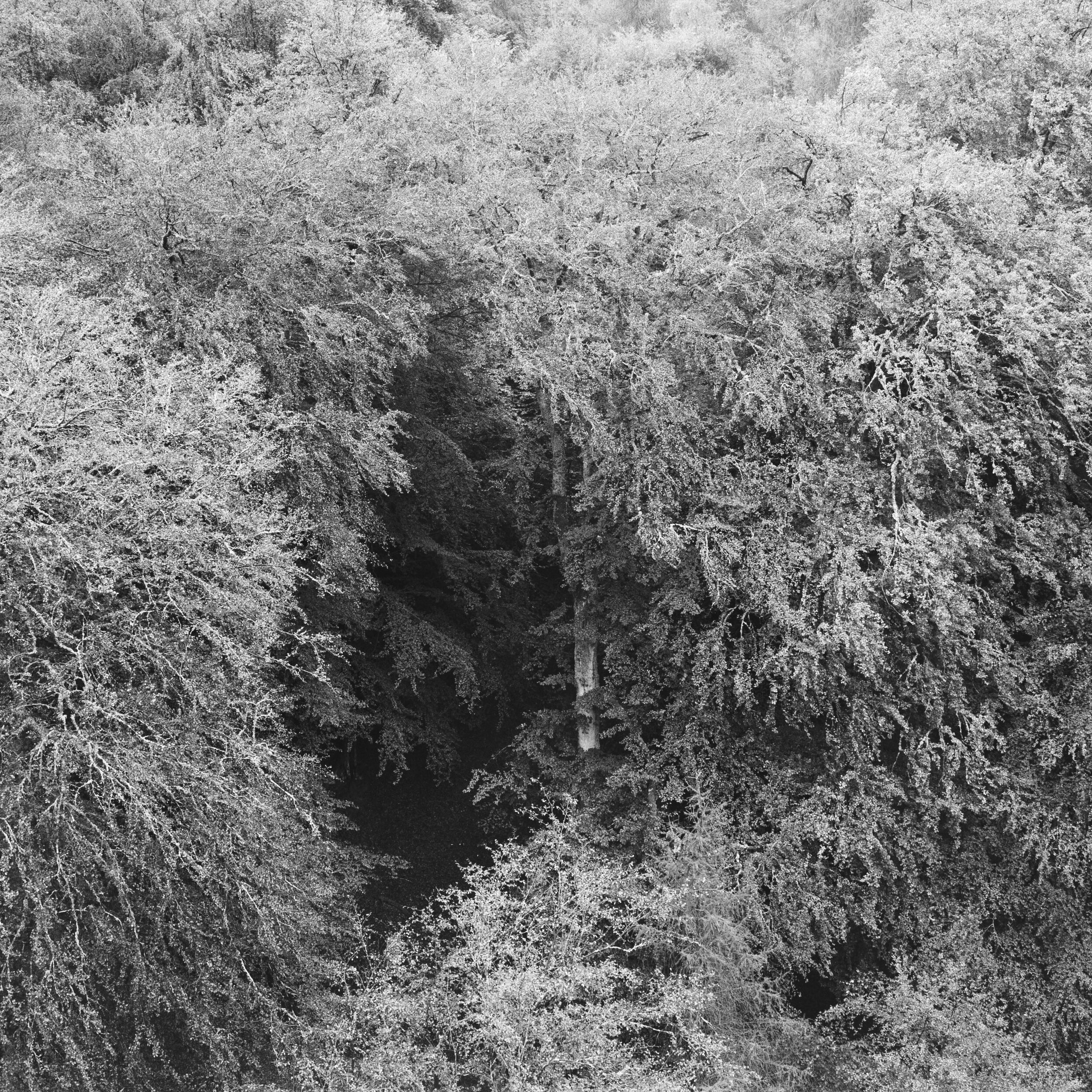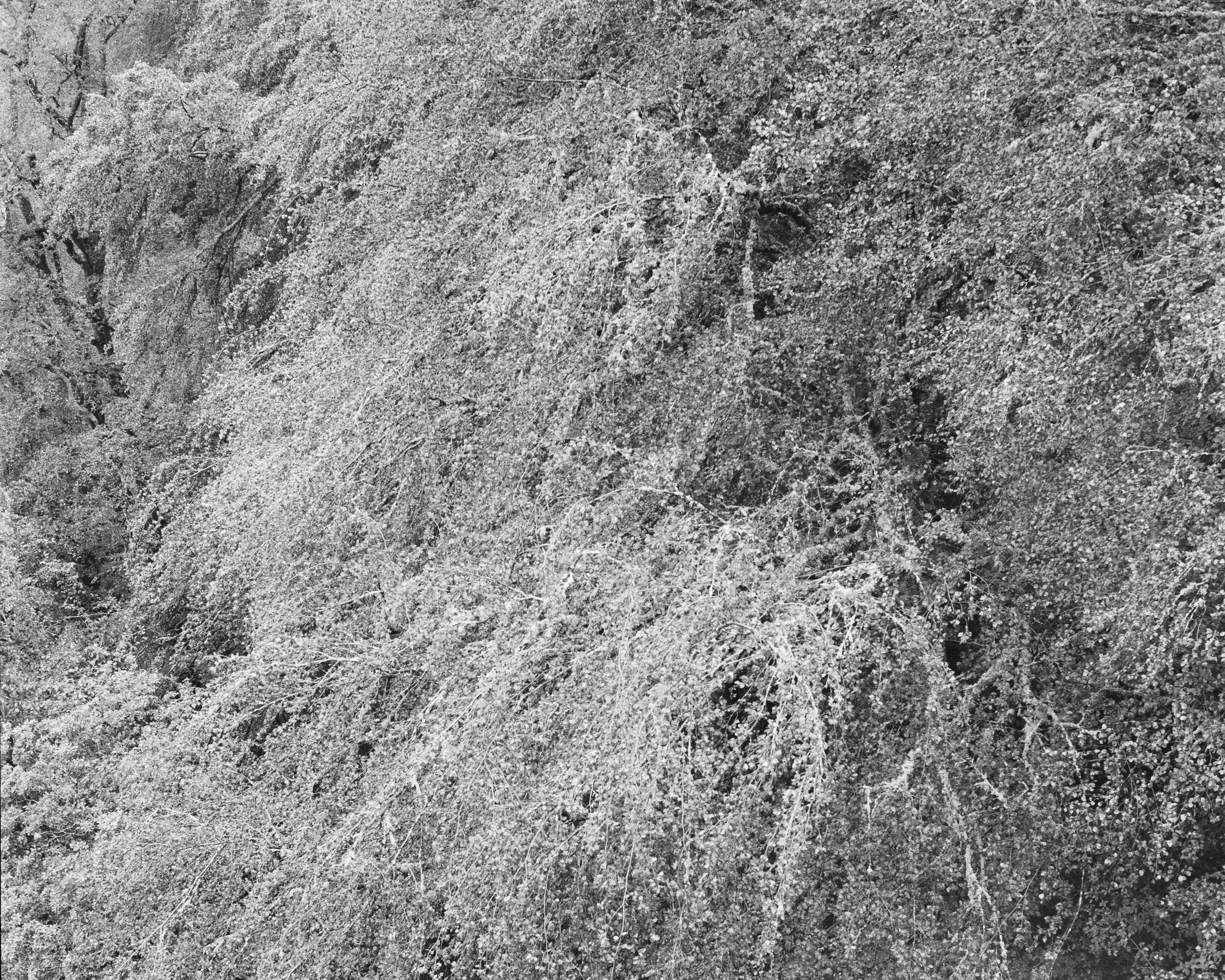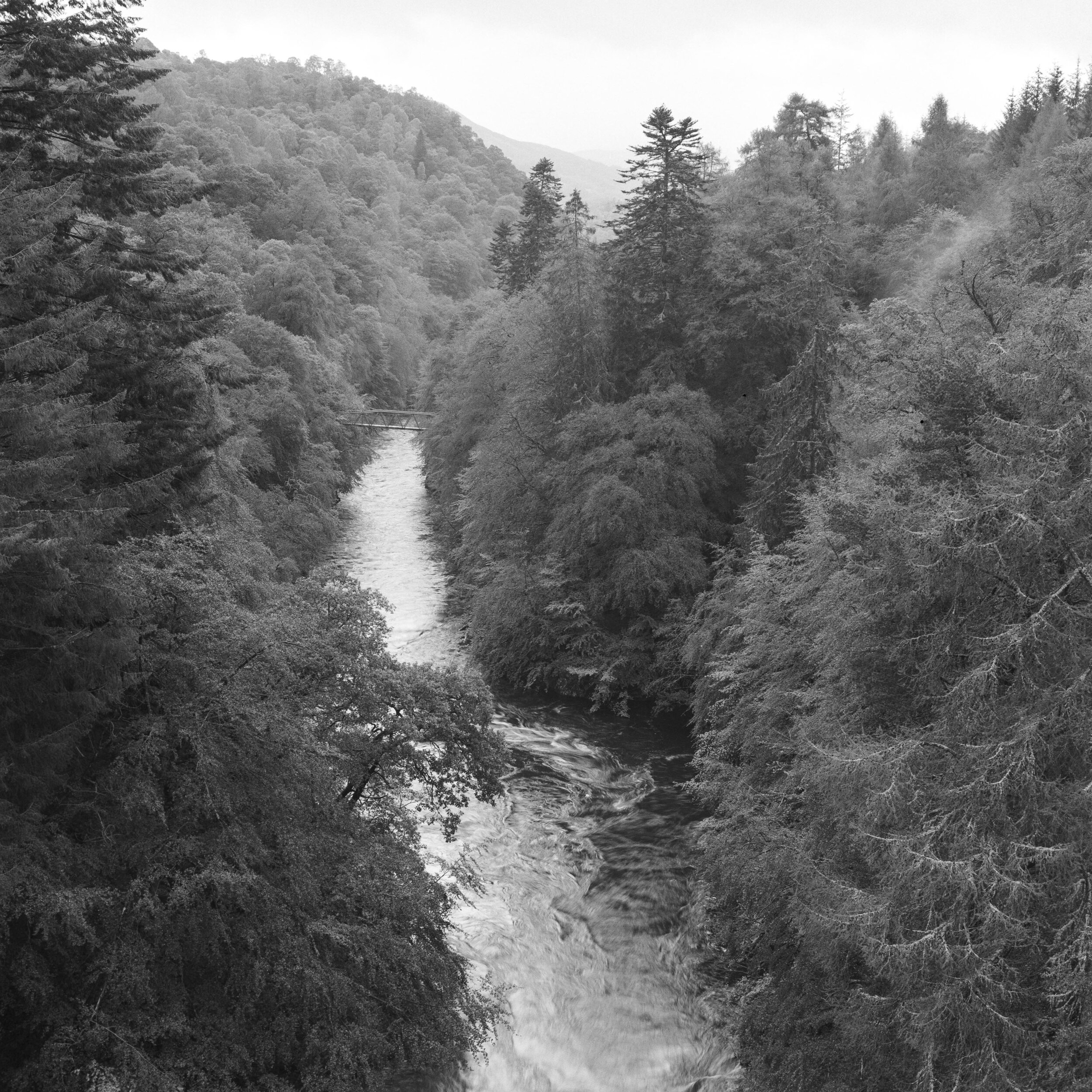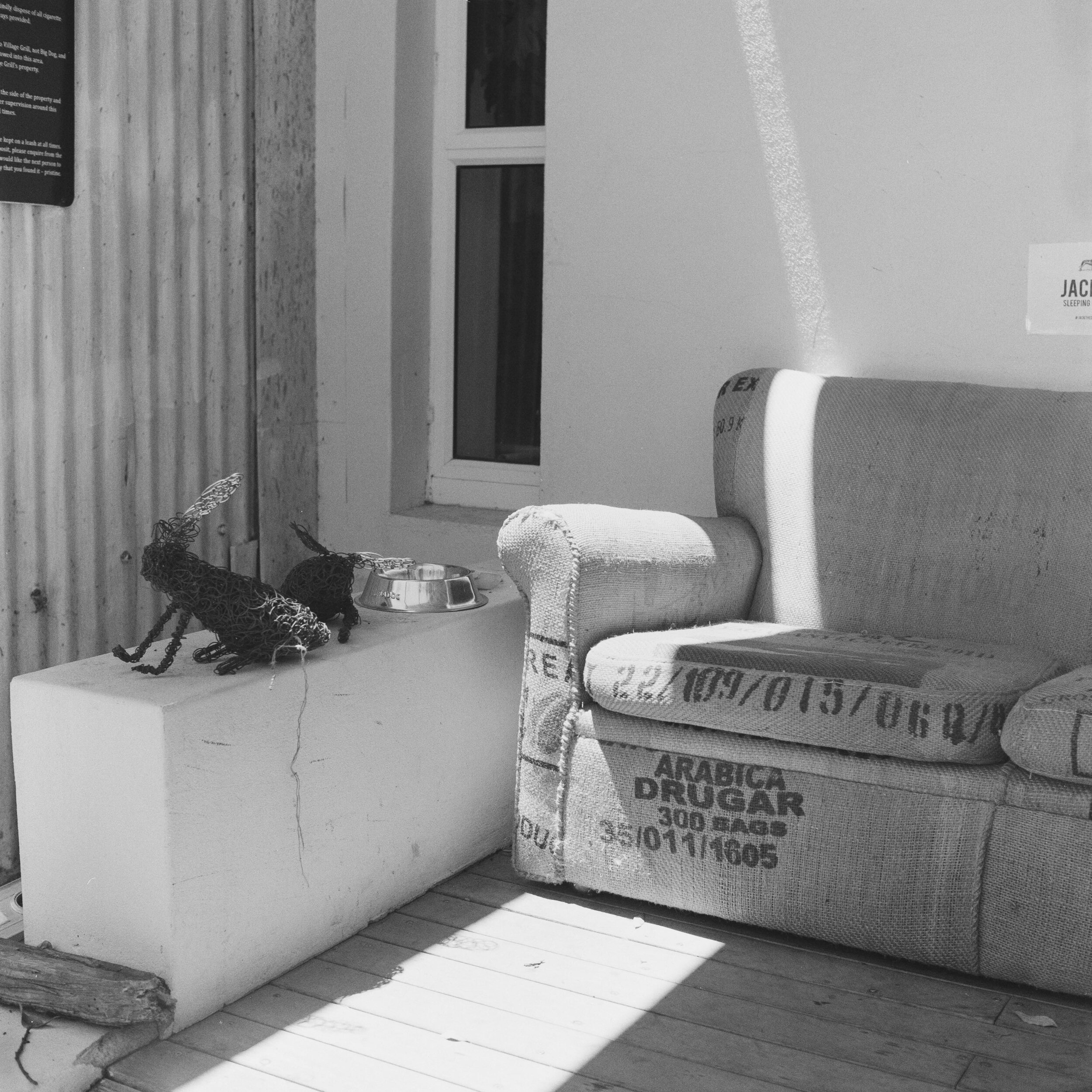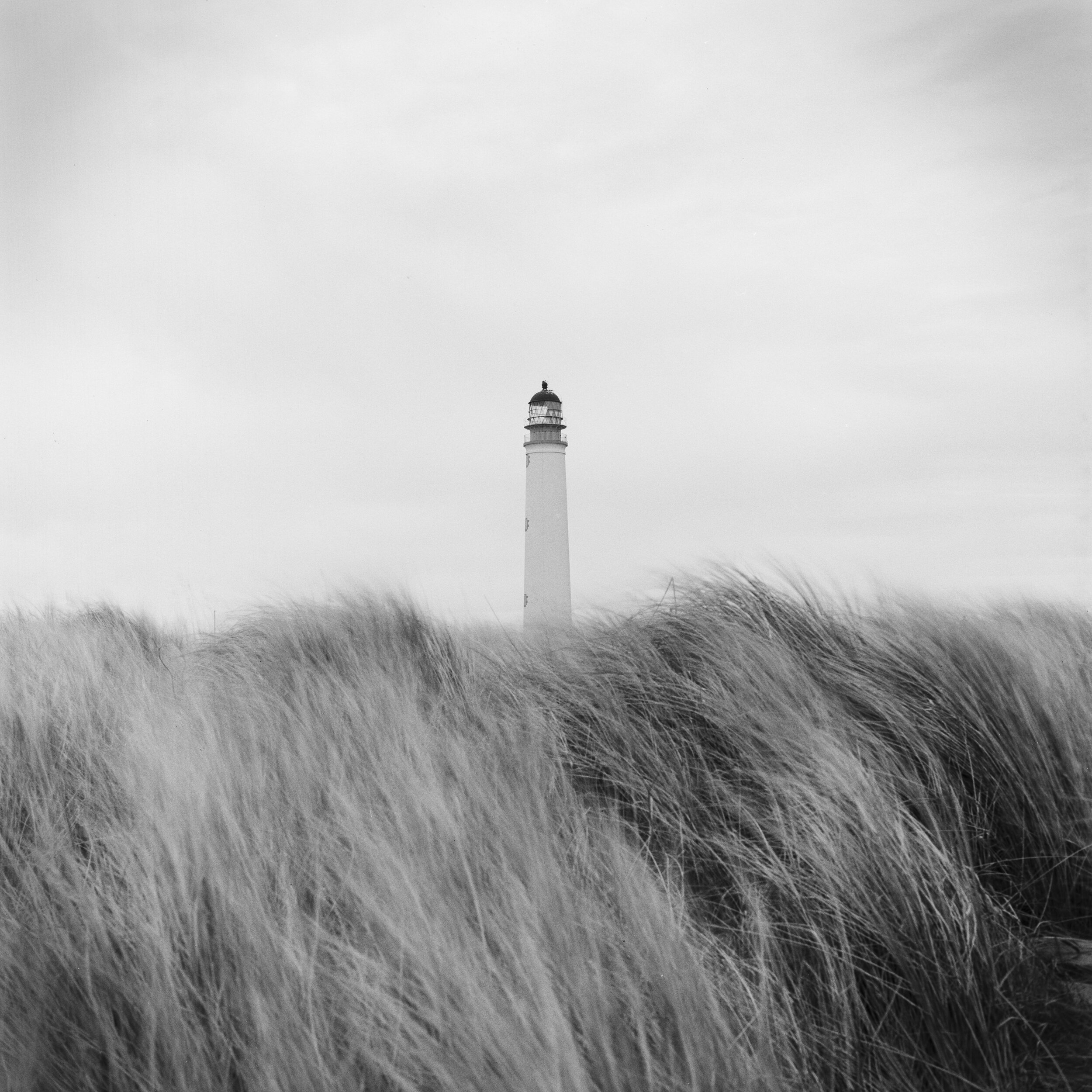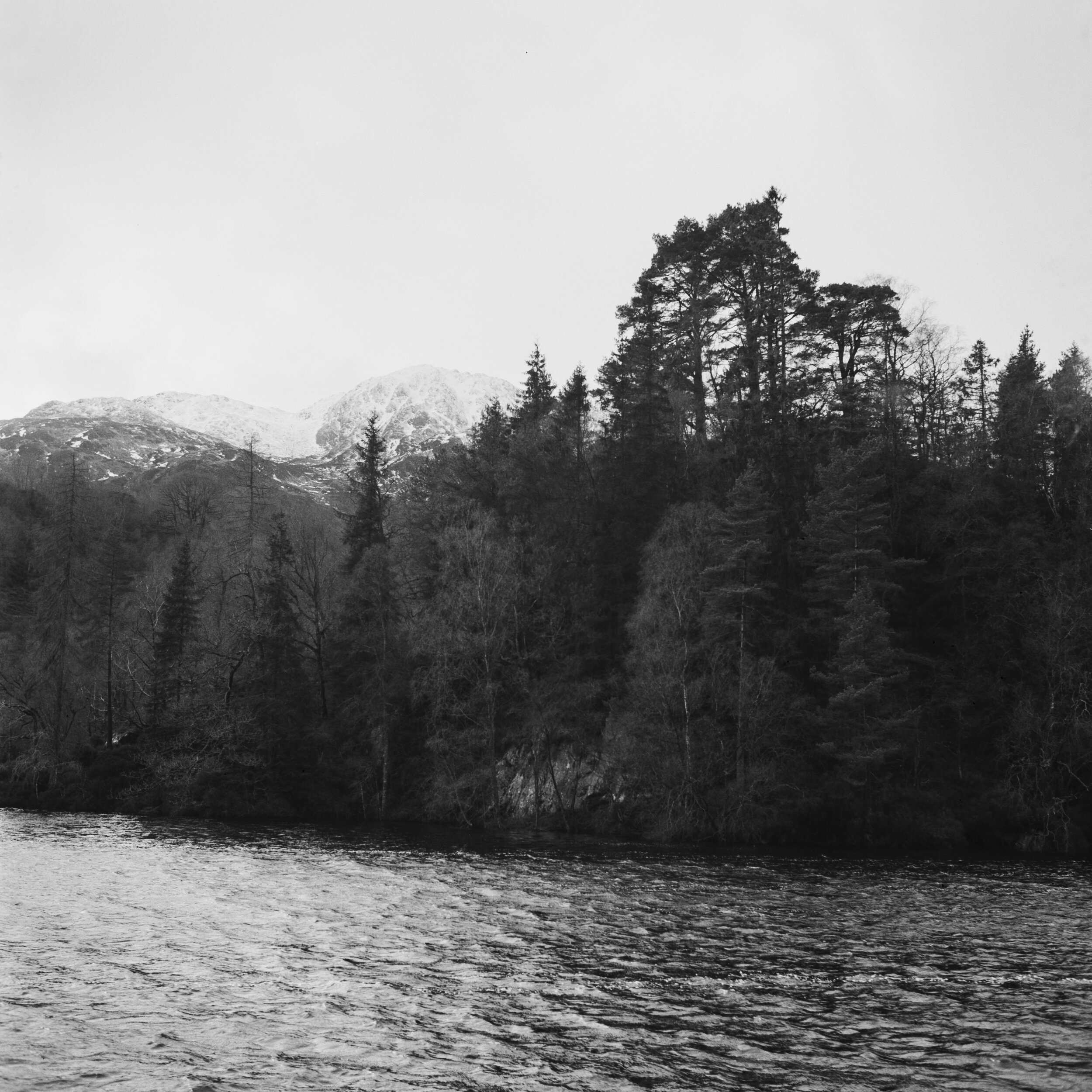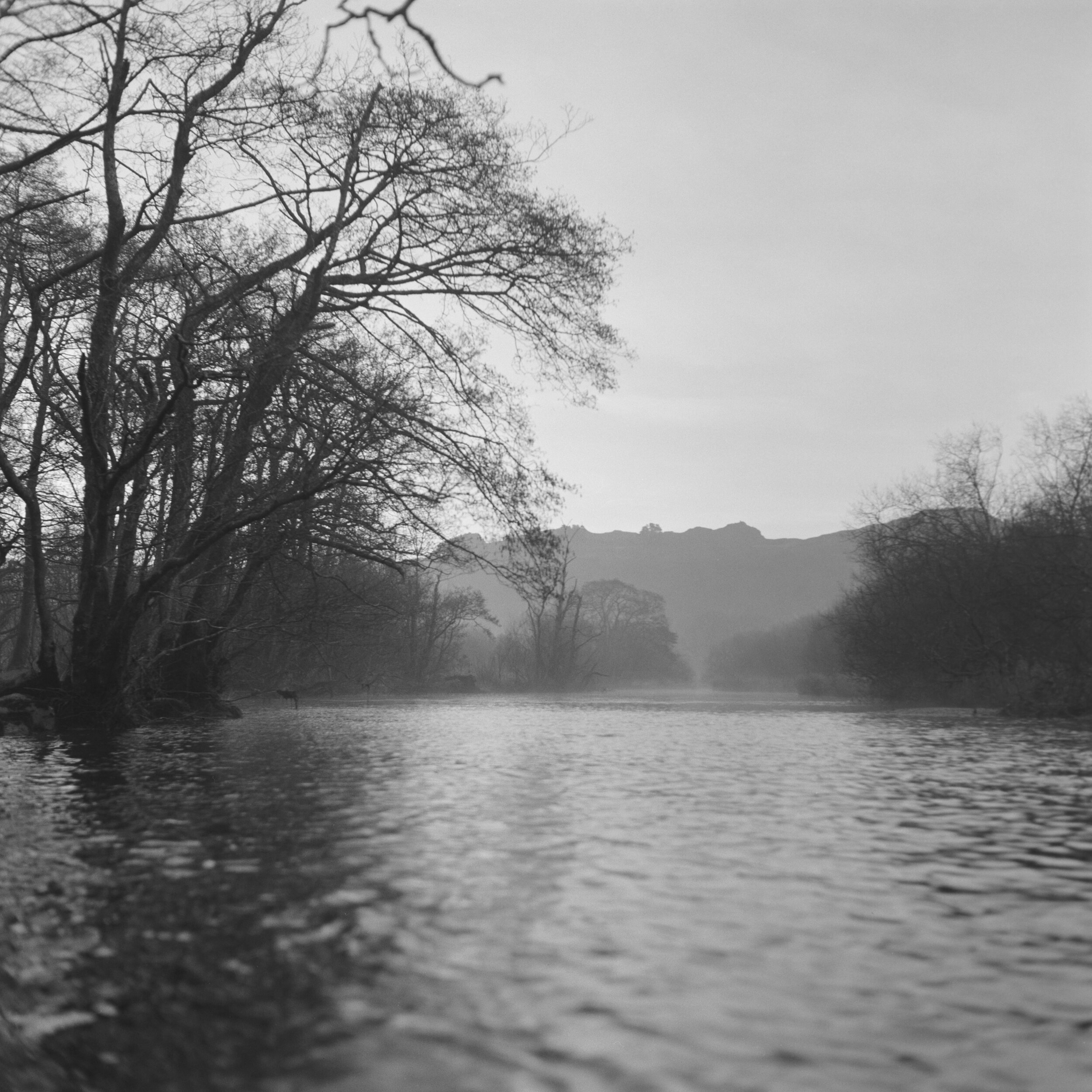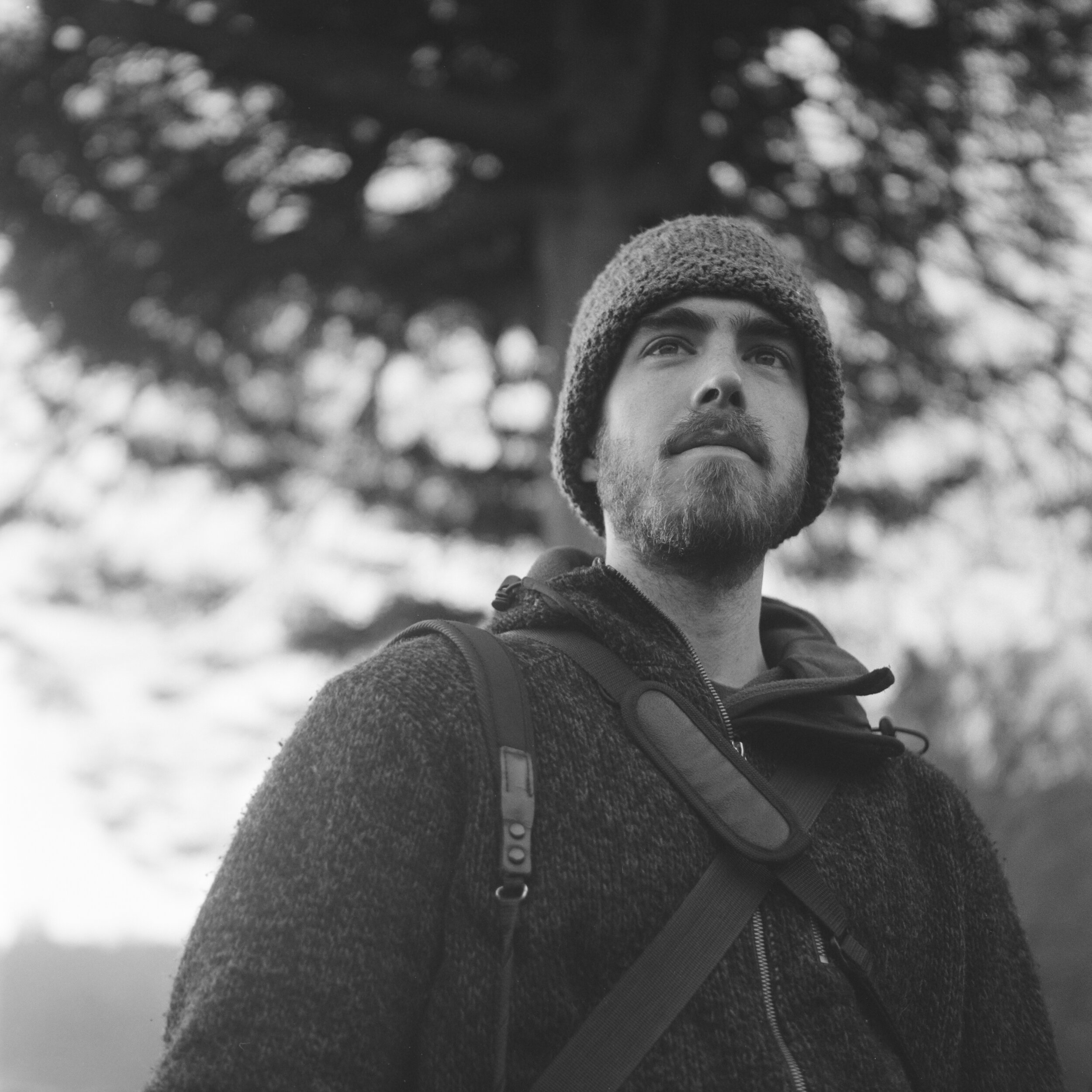Yashica Mat 124G // Review
Yashica Mat 124G
The Yashica Mat 124G is an awesome camera, especially when trying medium format film for the first time. I have been using it now for several months, putting about 10 rolls through it of both colour and black and white film (I'll put some of my favourite photos at the end of this post). The camera is compact, simple to use, and its twin lens reflex design feels as classic as the camera looks - think Vivian Maier on the streets of New York in the '50s and '60s.Composing on square 6x6 format through a waist level viewfinder is such a great experience; you're looking straight at the image on the 'ground glass' (albeit the image is flipped and reversed). A twin lens reflex means that you look through the viewing (top) lens to compose while the actual image is made using the taking (bottom) lens so you will need to get used to the inevitable parallax. If you're coming from 35mm or a DSLR then using a square format will definitely force you to rethink how you compose and balance your images. You also get 1/3 the amount of frames per roll: 12 on 6x6 vs. 36 on 35mm, so it is more expensive to use.The 80mm f/3.5 taking lens (about a 50mm equivalent on 35mm) stops down to f/32 and goes from bulb all the way to 1/500s. For a Yashinon small single coated four element lens, it performs fantastic. It's sharp and has very pleasing out of focus areas (don't expect anything like the Carl Zeiss glass on a Rolleiflex though). It focuses relatively close (1m), but is compatible with Bay 1 attachments if you need extra reach. Loads of these Yashica and Rollei attachments are available online: close up lenses, colour filters (for you black and white enthusiasts), lens hoods... The shutter release has a great locking mechanism so that it doesn't fire accidentally. It's also threaded so you can attach a cable release.
That being said, the shutter has some issues. If you use the "M" flash mode and cock the self timer you will jam and likely damage the shutter mechanism. If, like me, you don't use flash, your safest option is to keep it in "X" mode, or even insert a small pin to lock the dial in place. While they can still be repaired, it's something to keep in mind.
The Yashica is also reasonably priced, and if you keep your eye out, you can even pick one up with a working light meter. I've loved using this camera so far. Is it for everyone? Absolutely not. The TLR experience is wildly different to an SLR or rangefinder. You can't be 100% accurate in your compositions and I do find myself second guessing if I've properly composed my images, particularly if there is something distracting along the borders. Despite all this, I've learned a lot and it's been a fantastic entry camera into the medium format world.What else would I recommend for first time 120 shooters? I've heard wonderful things about both the Mamiya 645 and the Bronica systems (SQ-ai and ETRSi); but before you go and spend several hundred of your local currency, perhaps try out a Holga or Diana F+ first. They might be inexpensive "toy" cameras, but their limitations breed creativity. Here are some of my favourite images made over the last few months.







